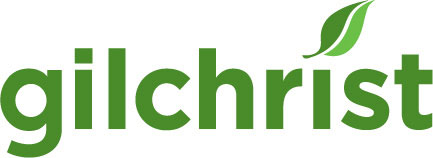Addressing the Disparities in Hospice for African American Communities
Addressing the Disparities in Hospice for African American Communities

Hospice care has historically been underutilized by African Americans. According to a 2020 report from the National Hospice & Palliative Care Organization, only 8 percent of Medicare decedents who used hospice and palliative care in 2018 were African American, while approximately 82 percent were White. Reducing such disparities and meeting the needs of diverse communities are a central focus for Gilchrist.
These disparities in the African American community are due to a few key barriers. As a result of historic and contemporary injustices in healthcare, mistrust toward the healthcare system impacts many in the black community. Mistrust, less knowledge about hospice and less accessibility all lead to barriers to care which disproportionately impact black and brown communities.
Not having access to hospice can lead to more aggressive treatment and needless suffering. In addition, individuals who are not enrolled in hospice may not have the opportunity to choose the type of care they want at the end of life. They also miss out on essential emotional support and grief counseling.
What Gilchrist is Doing
Gilchrist is mitigating these barriers with a concerted effort to build trust with diverse populations through listening sessions and focus groups to better understand the barriers to hospice and palliative care among communities of color. Gilchrist is building relationships with neighborhoods, faith-based communities and other organizations through community engagements. Outreach efforts and focus groups reveal that many people in multiple communities of color don’t know what hospice is or are unaware that it is essentially free.
Many in communities of color would prefer to care for a loved one at home at the end of life but don’t know hospice is available. In addition, a lack of trust and language and cultural barriers contribute to people not electing hospice care.
During community listening sessions, representatives from Gilchrist listened to feedback from participants and also explained the benefits of hospice care. At the end of the sessions, participants were polled. After learning about services, nearly 90 percent had a favorable view of hospice and would recommend it to their family.
Necessary Training
All Gilchrist staff undergo training to address the cultural sensitivities of diverse communities. Gilchrist’s work in Baltimore City presents new opportunities to meet the needs of diverse populations. African Americans make up 62 percent of the city’s population. Our new Gilchrist Center Baltimore is the only residential inpatient hospice in Baltimore City and provides care to many underserved individuals. As we move deeper into the community, we are forming partnerships with Baltimore City community leaders, organizations and residents.
Gilchrist Community Engagement Specialist Wayman Scott was recently interviewed for a news segment on addressing disparities in hospice care. Watch his interview.
To learn more about Gilchrist, visit gilchristcares.org. To support our work, visit gilchristcares.org/give.



One thought on “Addressing the Disparities in Hospice for African American Communities”
Thanks for sharing such an amazing and interesting blog. Keep up sharing such kind of great blogs.